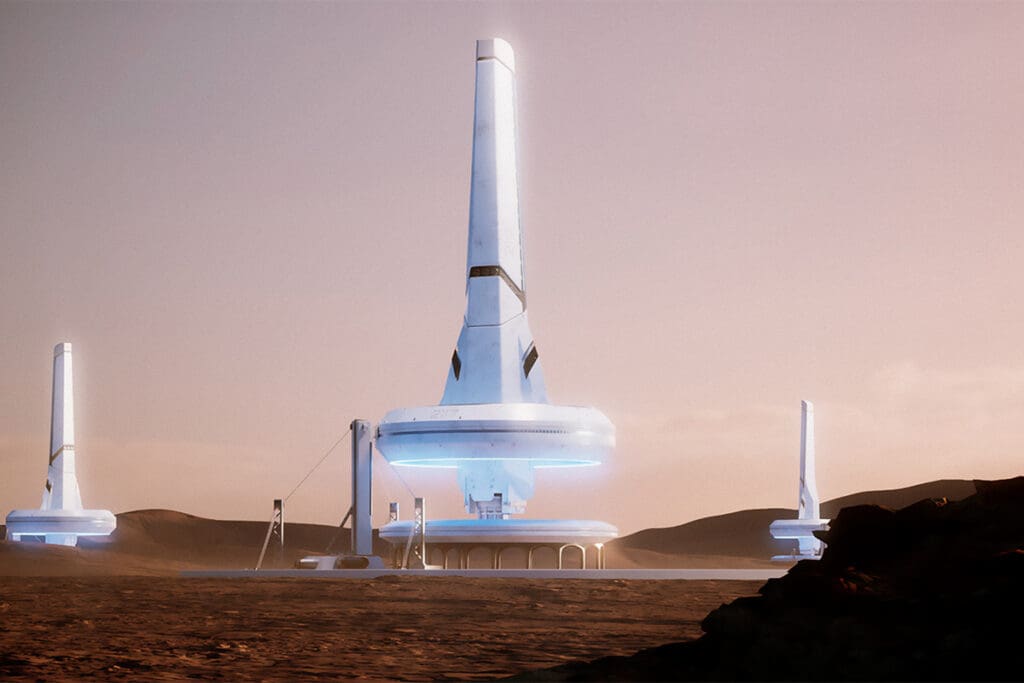The concept of people dwelling on Mars has lengthy captured our creativeness, and now—because of speedy advances in area exploration—it feels nearer than ever. However what would on a regular basis life on a Martian colony really seem like? Might folks increase youngsters there, construct communities, and adapt to this alien world? Let’s discover what science and present analysis recommend.
Constructing a House on Mars

Future Martian settlers received’t stay in typical homes. As a substitute, they’ll depend on habitats shielded from lethal radiation and excessive temperatures. NASA and ESA are researching 3D-printed habitats comprised of Martian soil (regolith), which may present each insulation and sustainability. Underground bases or lava tubes are additionally sturdy candidates, as they naturally shield in opposition to photo voltaic and cosmic radiation.
Day by day Life and Routines

Martian Days (Sols): A day on Mars is barely longer than Earth—24 hours and 37 minutes—making it simpler for people to regulate in comparison with dwelling on the Moon.Gravity: Mars has solely 38% of Earth’s gravity, which is able to have an effect on how we transfer, train, and even how our our bodies perform over time. Particular coaching and exercise regimes will likely be important to maintain muscle tissue and bones sturdy.Meals: Contemporary meals will likely be restricted. Colonists could rely upon hydroponic or aeroponic farms to develop greens indoors. Meals could begin out resembling area rations however may evolve into extra various diets as farming expertise improves.
Elevating Kids on Mars

Some of the fascinating—and regarding—questions is whether or not people can have youngsters on Mars. Scientists warn that low gravity and excessive radiation ranges may have an effect on fertility, being pregnant, and childhood growth. Kids rising up in 38% gravity might need weaker bones and muscle tissue, and medical expertise would play an important position in supporting their progress.Whereas no experiments have but been performed with human copy in area, researchers are starting to review animal copy in microgravity, an necessary first step earlier than humanity makes an attempt to boost future generations off-Earth.
The Position of Know-how

Life on Mars will likely be inconceivable with out superior expertise.
Quantum Web & AI: Communication with Earth can have a delay of as much as 22 minutes, so colonists could depend on AI-driven methods and presumably future quantum communication to scale back lag.Robotics: Robots will deal with heavy development, mining, and harmful out of doors duties, whereas people deal with exploration and innovation.Holograms & Digital Actuality: To combat loneliness, settlers may work together with Earth utilizing immersive VR and holographic methods, creating the sensation of presence throughout area.
Psychological and Social Challenges

Maybe the best problem received’t be technical, however emotional. Think about dwelling hundreds of thousands of miles away, in a harsh atmosphere, inside confined habitats with a small group of individuals. Loneliness, isolation, and cultural shifts will form Martian society. Leisure, artwork, and social networks (even perhaps a Martian model of TikTok or “MindTok”) may change into important for psychological well being.
A Glimpse Into the Future

Will Mars change into a second Earth—or only a scientific outpost? Specialists imagine that if humanity can clear up the issues of radiation, fertility, and sustainable farming, everlasting Martian colonies may exist by the late twenty first century. Kids may develop up by no means having seen Earth, calling Mars their solely house.
The dream of a Mars colony isn’t nearly survival. It’s concerning the subsequent chapter of human evolution: turning into a multi-planetary species.
You Would possibly Additionally Like;
Observe us on TWITTER (X) and be immediately knowledgeable concerning the newest developments…
Copy URL


